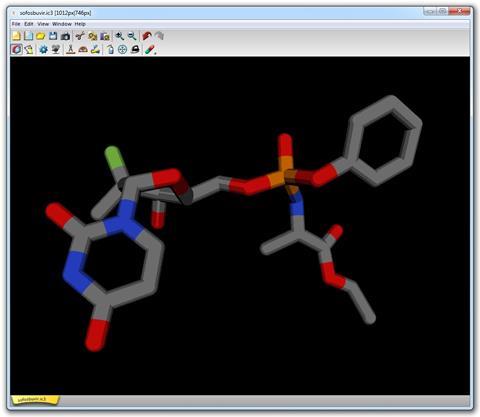
While this class of reaction has provided useful mechanistic insight and some synthetic utility, the requirement for an auxiliary leaving group still persists.Dr. Oxidant such as oxygen.2 Both of these reactions are believed to proceed via attack of a nucleophile on the nitroarene generating an anionic sigma-complex, structure 1, followed by departure of the leaving group and rearomatization.3 More recently, the removal of a proton and two electrons from sigma-complexes has been shown to be facilitated in a new class of reaction referred to as vicarious nucleophilic substitution (VNS).4 These reactions require a good leaving group, such as sulfoxonium ion,5 halide,6 triazole,7 acetyl,8 in a position a to the nucleophile such that decomposition of the corresponding u-complex results in beta-elimination of HX. This reaction is often promoted by the addition of an external Nitroaromatics.1 The second is nucleophilic aromatic substitutionįor hydrogen, which formally requires the replacement of a hydride The most common is nucleophilic aromatic substitution for halideĪnd, in particular, the reaction of nucleophiles with halogenated The majority of reactions between nucleophiles and electrondeficientĪromatic compounds can be separated into two classes. The substituent effects on the basicities of aniline and diphenylamine are the same.The basicities of several nitro-substituted diphenylamines appear to vary regularly, and do not reflect the presence of a strong interaction between the nitro group and sulfuric acid.

values for 4-methoxy-, 4-methyl-, 4-methylsulfonyl-, and 4-nitro-diphenylamine are all less (more negative) than expected from the Hammett substituent constants. versus the Hammett σ constants for five monosubstituted diphenylamines yields a ρ value of +3.36. values for the protonation of the diphenylamines vary from +1.36 for 4-methoxy-diphenylamine to − 6.21 for 4,4′-dinitrodiphenylamine. This acidity function differs from that based on the protonation of azobenzenes in the same solvent system the latter diverges to more negative H 0 values as the sulfuric acid concentration increases.The The H 0 value for the most acidic solution studied (11.2 M sulfuric acid) is −6.97. However, numerical calculations show that in typical cases the presence of isomeric clusters may cause only small errors (☑ kcal/mol) in the thermochemical measurements.Ī Hammett H 0 acidity function based on the protonation of 17 diphenylamines in 20 volume % ethanol – aqueous sulfuric acid has been established. Alternatively, the filling of shells may occur in parallel, and isomeric clusters may form. Otherwise, neutral-like condensation can commence and the filling of the outer shell may start before the filling of the first shell. In all cases, a necessary condition for the distinct filling of a shell is that -ΔH°s-1,s must be larger by at least 3 kcal/mol than the condensation enthalpy of the solvent. The criteria are satisfied for the distinct filling of the first shell in the hydration of H3O+ and OH-, the ammoniation of NH4+, and the filling of the second shell in the hydration of H2COH+, (CH3)2COH+, and several other monoprotonic onium ions. Satisfactory evidence for the distinct filling of shells is found in 14 and tentative evidence is found in another 15 out of 59 systems. Thermochemical criteria based on enthalpy sequences and the spacing of consecutive van't Hoff plots are developed quantitatively and applied to data on clustering about metal ions and onium ions. On the other hand, no shell effect, within experimental accuracy, is found in NH4+
CHEMDOODLE UST SERIES
As examples, new series of measurements confirm shell filling in H3O+ Another indication is a gap in the spacing of consecutive van't Hoff plots after n = s. The filling of a solvent shell by the sth solvent molecule is indicated by a discontinuous drop in the attachment energy at the (s + 1)th solvent molecule, i.e., a discontinuous drop in the plots of ΔH°n-1,n vs.

Solvent shells can build up by the stepwise attachment of molecules to gas-phase ions.


 0 kommentar(er)
0 kommentar(er)
